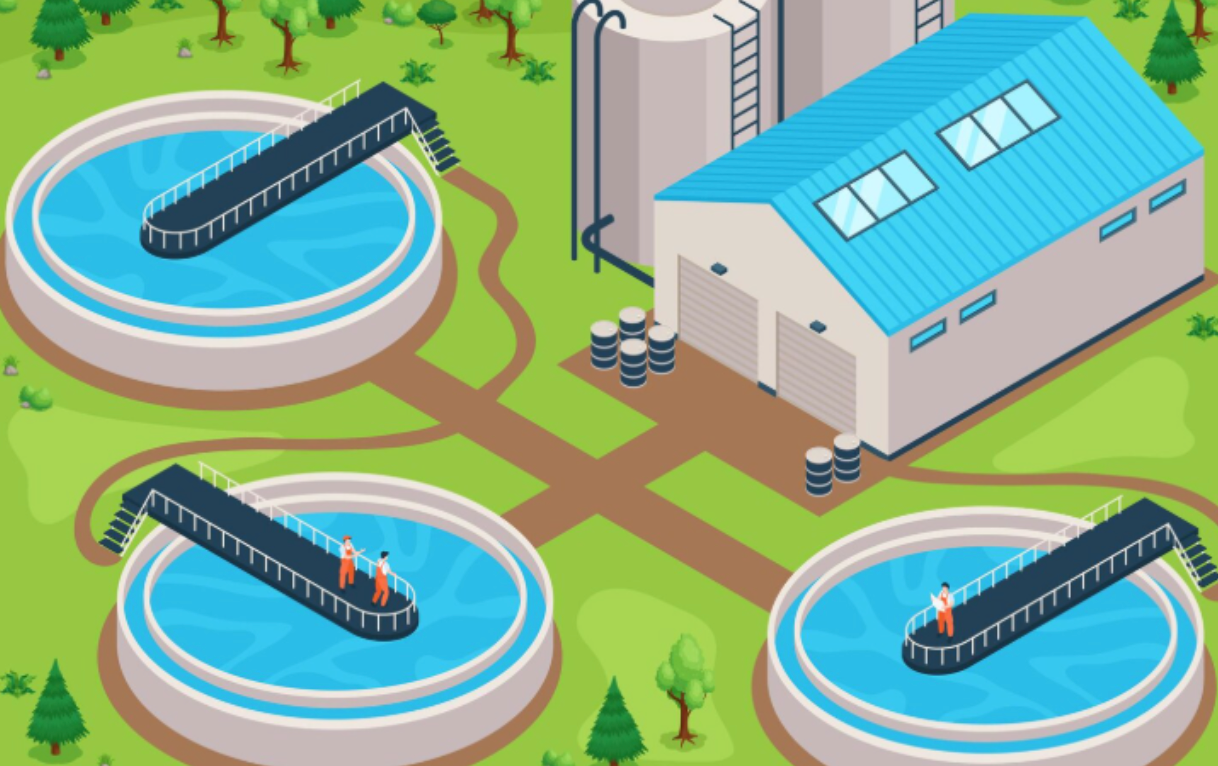Ways to Improve the Operational Efficiency of a Wastewater Treatment Plant

Running a wastewater treatment plant efficiently is no small feat. Between fluctuating inflow, equipment maintenance, and ever-tightening environmental regulations, it’s easy for operations to get bogged down.
But efficiency doesn’t always require massive infrastructure changes. Often, small and strategic investments can lead to better performance, lower costs, and reduced environmental impact.
Here are some practical and effective ways to boost operational efficiency in your wastewater treatment facility.
Regularly Monitor and Optimize Aeration Systems
Aeration systems are often the biggest energy consumers in a wastewater treatment plant, sometimes accounting for a major portion of total energy use. Inefficient aeration can quickly drain both power and energy.
To improve efficiency, conduct frequent maintenance checks to ensure that diffusers aren’t clogged. Use variable frequency drives (VFDs) to adjust blower speed based on oxygen demand, and consider fine bubble diffusers that improve oxygen transfer and reduce energy consumption.
It also helps to implement real-time dissolved oxygen monitoring, especially to prevent over-aeration. Even minor improvements here can have a major impact on plant-wide efficiency.
Automate Data Collection and Process Control
Manual monitoring is time-consuming and prone to human error. Automation and smart sensors, on the other hand, provide continuous data on flow rates, PH, turbidity, and more. It allows faster and more accurate adjustments.
Modern SCADA (Supervisory Control and Data Acquisition) systems help operators monitor the entire wastewater treatment process from a single interface. By integrating AI-based analytics, plants can even predict equipment failures or detect performance inefficiencies before they worsen.
Automation helps free staff from repetitive tasks so they can focus on decision-making and optimization.
Implement Preventive and Predictive Maintenance
A reactive maintenance approach, like fixing things only after they break, leads to downtime, higher costs, and unpredictable disruptions. Instead, develop a preventive maintenance schedule by inspecting, cleaning, and servicing components on a set timeline.
Even better, move toward predictive maintenance using sensors and analytics. For example, vibration sensors can detect early motor wear, and thermal imaging can spot water pump inefficiencies.
This data-driven approach helps extend equipment life and minimizes costly shutdowns.
Optimize Chemical Usage
Chemicals like coagulants, disinfectants, and pH adjusters are essential, but they can also be a major expense. Overdosing doesn’t improve treatment quality; it just wastes resources.
To optimize chemical use, use real-time monitoring to adjust dosing dynamically based on influent quality and store chemicals properly to maintain potency and reduce waste. Experimenting with alternative or combined chemical treatments can help enhance results with lower dosages.
Even switching to automated dosing systems can significantly reduce costs and improve treatment consistency.
Improve Sludge Management
Sludge handling is another big cost factor in wastewater treatment options. Efficient sludge management can save energy and reduce disposal costs while improving sustainability.
Some strategies include thickening and dewatering sludge to minimize volume, using anaerobic digestion to generate biogas, which can offset plant energy use, and exploring composting or using treated sludge for agricultural applications.
By treating sludge as a resource rather than waste, plants can create a more circular and self-sustaining system.



